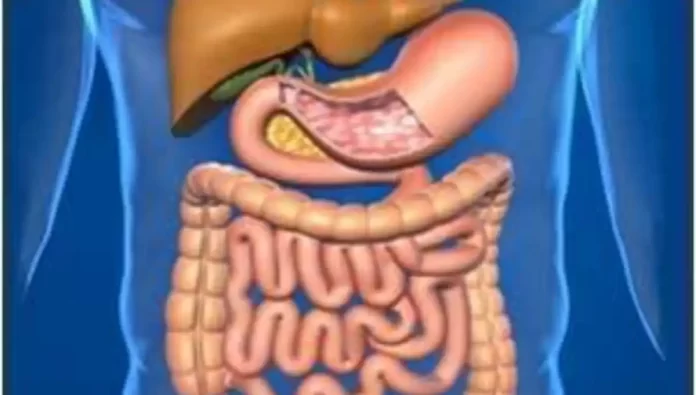Intestinal Stem Cells: Do you know how your intestine repairs damaged tissues? According to a new study, the scientists have now discovered a key component in the intestine responsible to repair damaged tissue.
As per the research, endothelial cells in your lymphatic vessels produce some specific molecules essential for the regulation and maintenance of stem cells and tissues in your intestine.
These lymphatic endothelial cells have been found to reside near some specialized stem cell niches supporting the regeneration of stem cells.
The findings of the above research has been published in the journal Cell Stem Cell.
“It’s important for us to understand niches and how lymphatics communicate with stem cells as part of the niche,” said Ophir Klein, MD, Ph.D., senior author of the study and executive director of Cedars-Sinai Guerin Children’s. “Deciphering the mechanisms that explain how the ecosystem that supports stem cells works will help to lay the foundation for future discoveries that could one day lead to therapeutic strategies to repair damaged tissue.”
Lymphatic System
Due to the constant breakdown of foods, your intestine needs to bear constant wear and tear. The same also results due to the presence of waste material which can injure or kill intestinal cells.
Due to this, there becomes urgent need for the intestine to replenish itself with healthy cells. The study reveals that intestine has an exceptional capacity to regenerate cells.
It all happens after the division of intestinal stem cells that tend to produce healthy cells are the essential source of signals.
However, it is not known which niche cells actually produce signals during different levels of injury taking place.
In order to better understand how stem cells behave, the research team started learning those cells that are responsible to repair intestinal epithelial cells.
“Lymphatics are in very close proximity to the stem cells, and almost all the stem cell compartments are near lymphatics,” said Brisa Palikuqi, Ph.D., co-first author of the study and a postdoctoral fellow in the Klein Laboratory at UCSF. “Because the two cell types are in such proximity, this made us believe that these lymphatics may play an important role.”
Also Read: Stem Cell Research Helps Reveal the Genetic Roadmap of Glaucoma
Source: Medindia.net


